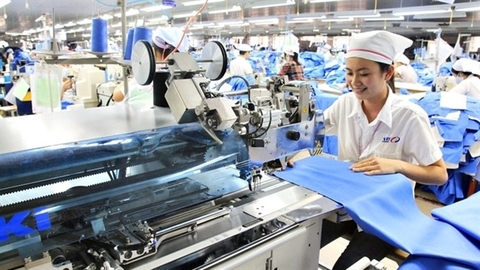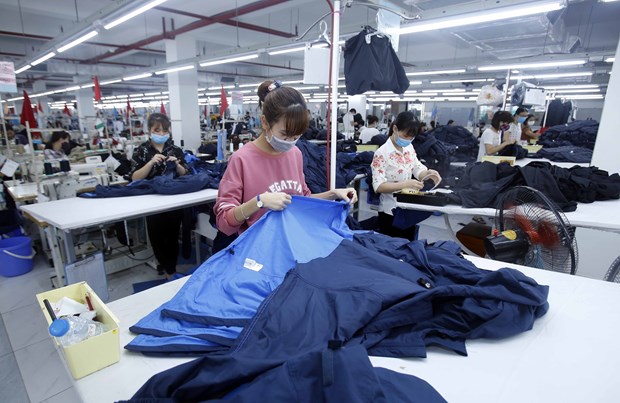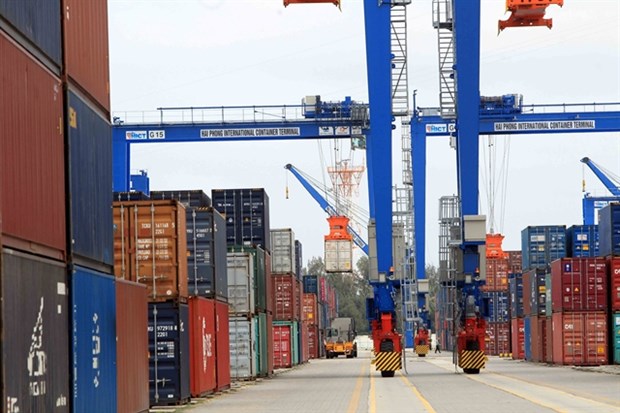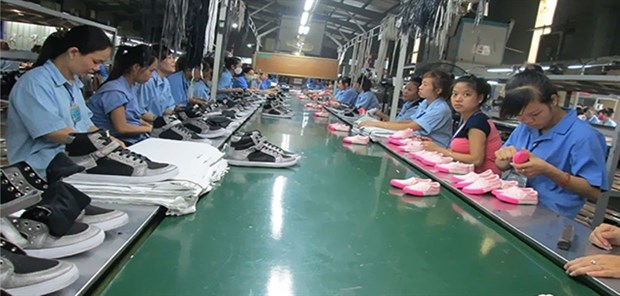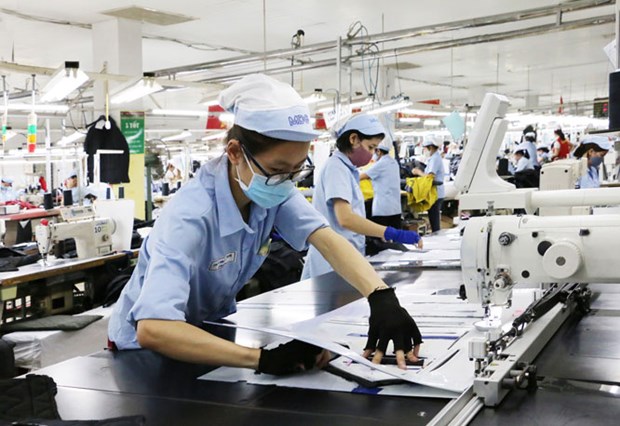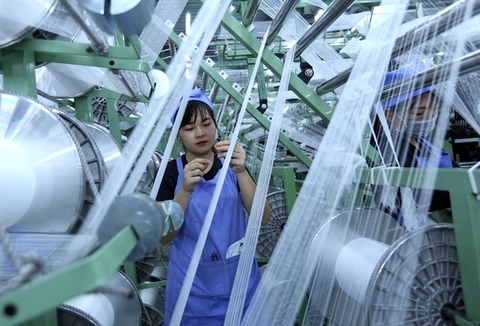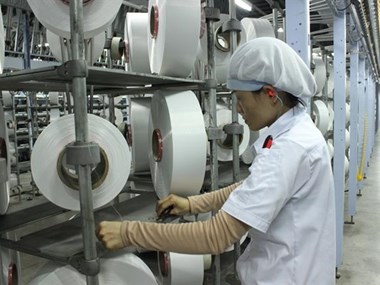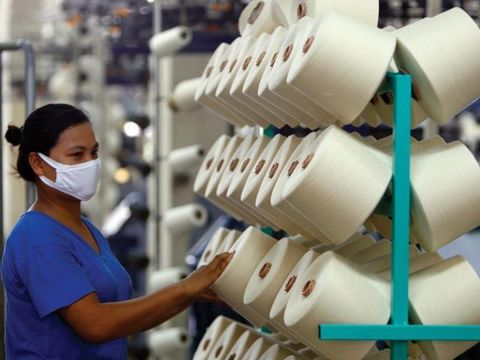- © Copyright of Vietnamnet Global.
- Tel: 024 3772 7988 Fax: (024) 37722734
- Email: evnn@vietnamnet.vn
Viet Nam Textile and Apparel Association
Update news Viet Nam Textile and Apparel Association
Fabric production an issue for Vietnam's textile industry
Fabric production is a challenge for Vietnam's textile and garment industry when it comes to free trade agreements (FTAs) requirements on product origin.
Capitalising on EVFTA sure to be a challenge
The EU-Vietnam Free Trade Agreement (EVFTA) is expected to provide a host of opportunities to Vietnamese enterprises to bolster their exports, but they must also meet strict requirements in order to fully capitalise on the deal, insiders have said.
High logistics costs reduce competitiveness of Vietnamese goods
 Inflated logistics costs were hampering the competitiveness of Vietnamese goods, according to Chairman of the Vietnam Textile and Apparel Association (VITAS) Vu Duc Giang.
Inflated logistics costs were hampering the competitiveness of Vietnamese goods, according to Chairman of the Vietnam Textile and Apparel Association (VITAS) Vu Duc Giang.
Textile and footwear firms go local to survive pandemic
 While most textile and footwear enterprises in Vietnam struggled to find alternative sources of raw materials to maintain production, some with local sources have survived during the COVID-19 pandemic.
While most textile and footwear enterprises in Vietnam struggled to find alternative sources of raw materials to maintain production, some with local sources have survived during the COVID-19 pandemic.
Vietnam’s garment-textile expects boom in 2020
 Vietnam’s garment-textile sector is expected to make breakthroughs in 2020 thanks to the Fourth Industrial Revolution.
Vietnam’s garment-textile sector is expected to make breakthroughs in 2020 thanks to the Fourth Industrial Revolution.
VN garment, textile export falls short of target but surplus impressive
 Vietnam’s garment and textile exports were estimated at US$39 billion this year, slightly falling short of the US$40 billion target.
Vietnam’s garment and textile exports were estimated at US$39 billion this year, slightly falling short of the US$40 billion target.
How does yuan price reduction affect garment, footwear industries?
 The sudden depreciation of Chinese yuan against the US dollar brings more difficulties to Vietnam’s yarn industry, according to Vietnam Textile and Apparel Association (VITAS).
The sudden depreciation of Chinese yuan against the US dollar brings more difficulties to Vietnam’s yarn industry, according to Vietnam Textile and Apparel Association (VITAS).
Textile, dyeing projects unwelcome in many localities
 Many localities in the country have refused textile and dyeing projects due to fears of environmental pollution, said Vu Duc Giang, chairman of the Vietnam Textile and Apparel Association (VITAS).
Many localities in the country have refused textile and dyeing projects due to fears of environmental pollution, said Vu Duc Giang, chairman of the Vietnam Textile and Apparel Association (VITAS).
Vietnam's yarn industry experiences difficulties
Vietnam's yarn industry faces many challenges in production and export, especially to China, one of the largest export markets for local yarn products, according to experts.
